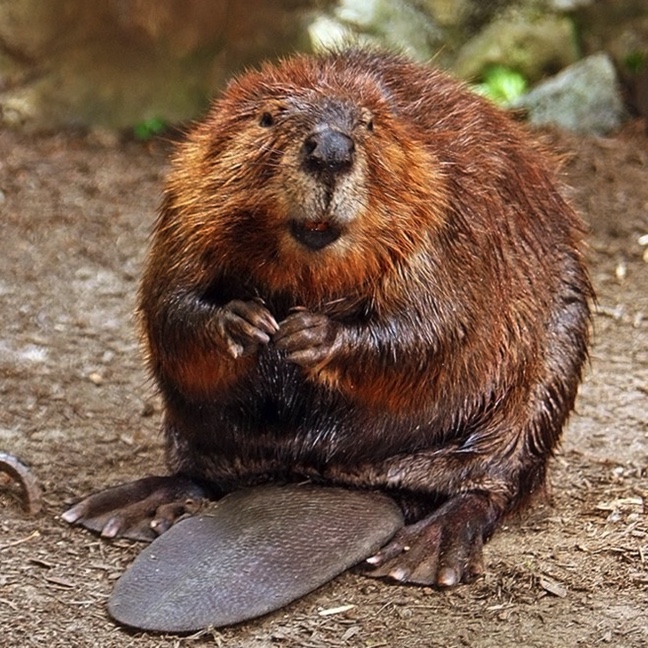It is Valentine’s Day, and I couldn’t resist writing about nature’s faithful lovers. Besides, other than Captain John Fremont “discovering” Lake Tahoe on this date, nothing else really important in conservation happened on February 14.
Being a faithful lover is one way to say it; being monogamous is another. Monogamy is highly variable in nature. It is a life-history strategy that has some advantages, including a reliable and desirable mate, ability for parental care of young and maintenance of resources through time. It also has some downsides, including reduced reproduction after loss of a mate. So, species and entire groups of animals have chosen one way or another.

It is common among birds, with around 90% of species mating in pairs. Sometimes just for one year (serial monogamy), but sometimes for life. Bald Eagles roam around separately for most of the year, but come together for mating, usually with the same mate for decades. Swans, though, live together continuously, with the male doing a lot of the household work, including incubating eggs. The Albatross is picky about mating, sometimes delaying decisions for a few years while looking around for Mr. or Mrs. Right; after that, they are a pair forever.
Mammals, however, aren’t quite so faithful. Only about 5% of mammalian species are monogamous. Gibbons are famously faithful, pairing off and staying that way for their entire lifespan, 30 or more years. But, like humans, they sometimes discover irreconcilable differences and find that its better “the second time around.” Beavers are more faithful, and they have good reason to be—they spend a lot of time and effort building and maintaining a homestead together. A dam and lodge need lots of “sweat equity” that the pair puts in together.

Among fish, monogamy is pretty rare. Most fish are promiscuous to the extreme, often just letting the eggs and sperm loose into the water without so much as a first date. Australia’s thorny seahorse is different, though, pairing off for life. It seems that they get better at breeding as they get to know each other better, producing more offspring as the years pass. The French angelfish is faithful, too, swimming together for years in their coral reef neighborhood.
But my favorite of all is the Black Vulture. The species is faithfully monogamous, living in pairs throughout the year and for many years; they live up to 25 years in nature. They have strong families as well, feeding their young for many months and living in communal groups. If you are related, you are welcome to the roost, but don’t come around if you aren’t part of the clan. And, of course, Black Vultures, like all their fellow species, are ugly as sin.

Which just proves the old adage: Beauty is in the eye of the beholder. Happy Valentines Day!
References:
Cornell Lab of Ornithology. Black Vulture. Available at: https://www.allaboutbirds.org/guide/black_vulture/lifehistory. Accessed February 8, 2018.
Frost, Emily. 2013. Is It Love? Why Some Ocean Animals (Sort Of) Mate For Life. Smithsonian, February 13, 2013. Available at: https://www.smithsonianmag.com/science-nature/is-it-love-why-some-ocean-animals-sort-of-mate-for-life-16907109/?no-ist. Accessed February 8, 2018.
Green, Amanda. 2016. 10 Monogamous Animals That Just Want To Settle Down. Mental Floss, February 4, 2016. Available at: http://mentalfloss.com/article/55019/10-monogamous-animals-just-want-settle-down. Accessed February 8, 2018.
